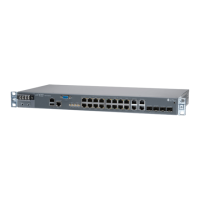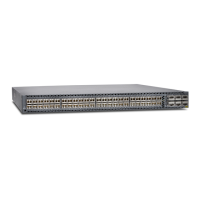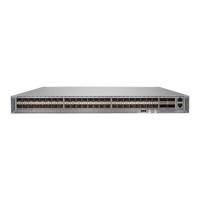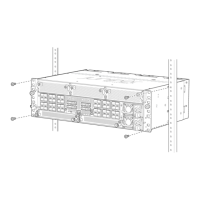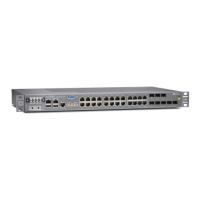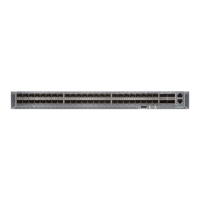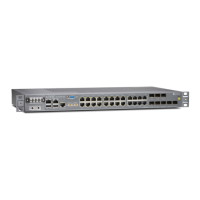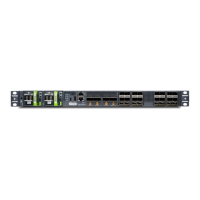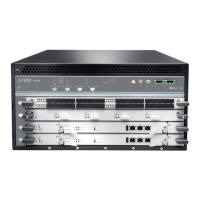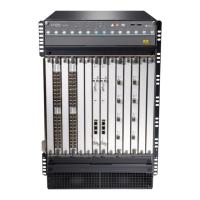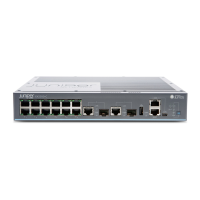Calculating Power Budget and Power Margin for Fiber-Optic Cables
Use the information in this topic and the specifications for your optical interface to
calculate the power budget and power margin for fiber-optic cables.
TIP: You can use the Hardware Compatibility Tool to find information about
the pluggable transceivers supported on your Juniper Networks device.
To calculate the power budget and power margin, perform the following tasks:
1.
Calculating Power Budget for Fiber-Optic Cable on page 66
2.
Calculating Power Margin for Fiber-Optic Cable on page 66
Calculating Power Budget for Fiber-Optic Cable
To ensure that fiber-optic connections have sufficient power for correct operation, you
need to calculate the link's power budget, which is the maximum amount of power it
can transmit. When you calculate the power budget, you use a worst-case analysis to
provide a margin of error, even though all the parts of an actual system do not operate
at the worst-case levels. To calculate the worst-case estimate of power budget (P
B
),
you assume minimum transmitter power (P
T
) and minimum receiver sensitivity (P
R
):
P
B
= P
T
– P
R
The following hypothetical power budget equation uses values measured in decibels
(dB) and decibels referred to one milliwatt (dBm):
P
B
= P
T
– P
R
P
B
= –15 dBm – (–28 dBm)
P
B
= 13 dB
Calculating Power Margin for Fiber-Optic Cable
After calculating a link's power budget, you can calculate the power margin (P
M
), which
represents the amount of power available after subtracting attenuation or link loss (LL)
from the power budget (P
B
). A worst-case estimate of P
M
assumes maximum LL:
P
M
= P
B
– LL
P
M
greater than zero indicates that the power budget is sufficient to operate the receiver.
Factors that can cause link loss include higher-order mode losses, modal and chromatic
dispersion, connectors, splices, and fiber attenuation. Table 25 on page 67 lists an
estimated amount of loss for the factors used in the following sample calculations. For
information about the actual amount of signal loss caused by equipment and other
factors, refer to vendor documentation.
Copyright © 2017, Juniper Networks, Inc.66
ACX1000 and ACX1100 Universal Access Router Hardware Guide
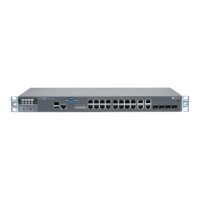
